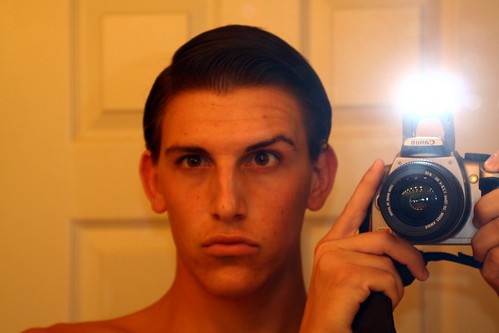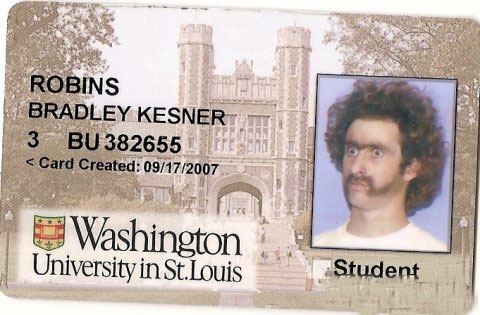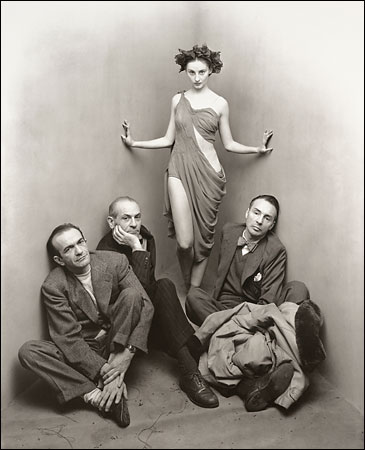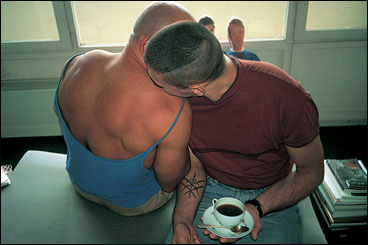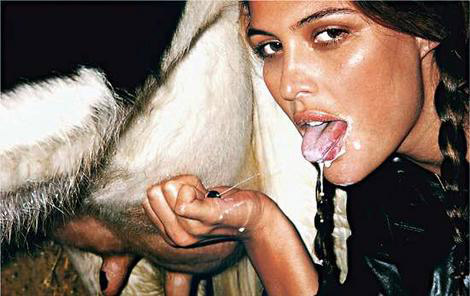
This photographer is Charles Freger. This is from his series called Rikishi. Freger focuses his work on social groups like athletes, school children, the army and more. His work is a reflection of contemporary youth. He is also the founder of the artistic community, Piece of Cake, and the POC publishing house. These images are amazing because they are a typology of a culture that many aren't used to viewing but want to know more of.

The next photographer is Carl Martin who passed away in 2007. He was from Athens, Georgia and his work is based out of Georgia. He lived in New York City for a while and when he moved to Athens he found everyone and everything much more interesting. Martin said, "there was a look of unmodified acceptance of how things were." Looking at the photographs the viewer can feel this idea and it made me want to explore his work farther.

This artist is Christine Gatti. I first viewed her work in my self portraiture class and she came in and spoke about the work. Christine came up with the idea of photographing herself every hour on the 18th minute of that hour. She would photograph herself and then one of her surroundings. When she was sleeping she would have a self timer go off but if there was a malfunction she would put a black box in the space where the photograph would of been. This work is a typology and also a self portrait. The work is great because it is a very different way of exploring oneself.

Then there is the artist Joachim Schmid. He is another person who mixes the ideas that were shown previously. He finds vernacular photographs and pieces them together like a jigsaw puzzle and then reprints them and puts them up in a typology. These are the typologies if found photographs which is a very clever way of doing something that has been done many times before.



